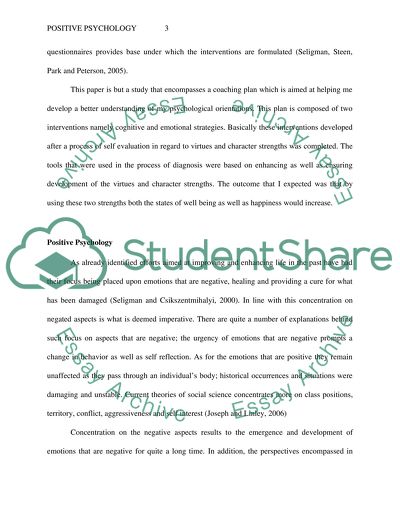Cite this document
(“Positive psychology Essay Example | Topics and Well Written Essays - 4000 words”, n.d.)
Positive psychology Essay Example | Topics and Well Written Essays - 4000 words. Retrieved from https://studentshare.org/psychology/1474952-positive-psychology
Positive psychology Essay Example | Topics and Well Written Essays - 4000 words. Retrieved from https://studentshare.org/psychology/1474952-positive-psychology
(Positive Psychology Essay Example | Topics and Well Written Essays - 4000 Words)
Positive Psychology Essay Example | Topics and Well Written Essays - 4000 Words. https://studentshare.org/psychology/1474952-positive-psychology.
Positive Psychology Essay Example | Topics and Well Written Essays - 4000 Words. https://studentshare.org/psychology/1474952-positive-psychology.
“Positive Psychology Essay Example | Topics and Well Written Essays - 4000 Words”, n.d. https://studentshare.org/psychology/1474952-positive-psychology.


